
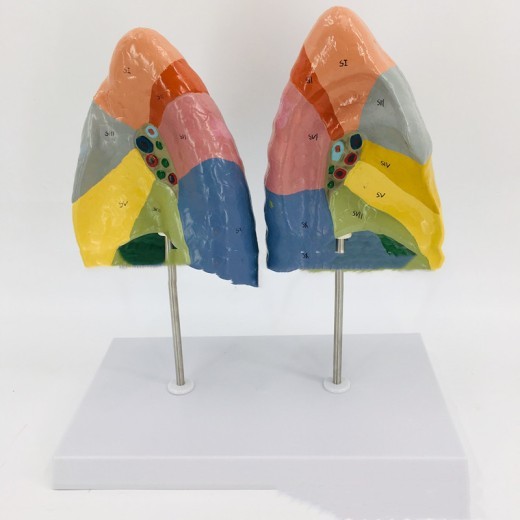

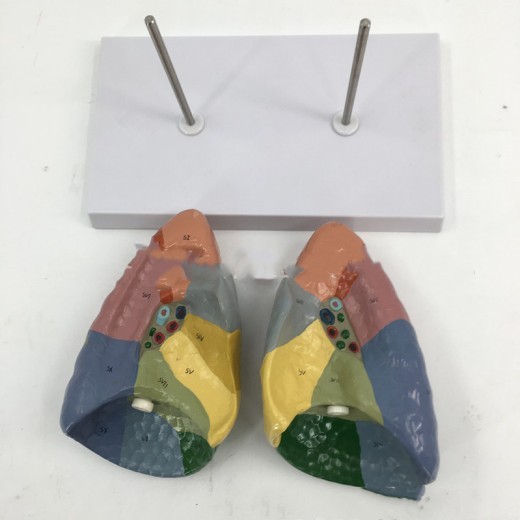

Human Lung Model Lung Anatomical Model
Approx $110.50 USD
Introduction to the Human Lung Anatomical Model
The Human Lung Anatomical Model is an essential resource for anyone studying or teaching respiratory health, anatomy, or medical science. This detailed model provides a realistic representation of the human lungs, illustrating their structure and function in a tangible way. Whether used in a classroom, clinic, or medical training setting, this model helps students, educators, and healthcare professionals in New Zealand deepen their understanding of lung anatomy and respiratory processes. With high-quality construction and accurate detailing, this model is ideal for educational use, allowing users to explore lung functions and identify key structures with ease.
H2: Key Features of the Human Lung Anatomical Model
1. Realistic and Detailed Lung Structure
The model provides a realistic representation of the human lung, displaying essential structures such as the bronchi, bronchioles, alveoli, and blood vessels. Each component is designed to mimic the appearance and function of its real-life counterpart, allowing users to visualize how air travels through the lungs and understand the overall structure of the respiratory system. This detailed approach makes it easier for students and trainees to grasp complex anatomical concepts, enhancing their learning experience.
2. High-Quality and Durable Construction
Constructed from high-grade materials, the Human Lung Anatomical Model is built to withstand regular handling and use in educational environments. Its durable design ensures that it remains intact even with frequent use, making it suitable for classrooms, laboratories, and medical training centers. This quality construction means it can be used for years, providing a reliable and long-lasting resource for respiratory health education.
3. Color-Coded and Labeled Structures
To aid in learning, the model includes color-coded and labeled sections, highlighting different areas of the lungs, such as the lobes, bronchi, and alveoli. This color-coding system helps users easily distinguish between various parts of the lung and follow the airflow path. The labels provide guidance, enabling educators and students to locate each component quickly, making it especially useful for exams, quizzes, and practical studies.
4. Removable Parts for In-Depth Study
Some versions of the Human Lung Anatomical Model come with removable parts, allowing students to take apart and examine the internal structures of the lungs. This hands-on feature gives users a deeper understanding of lung anatomy by letting them view and study each part separately. Removable parts can be particularly useful in advanced courses, where a closer look at each structure enhances comprehension of how the respiratory system works as a whole.
5. Compact and Display-Friendly Design
The model’s compact size makes it easy to display on desks, shelves, or in classrooms without taking up too much space. Its display-friendly design allows educators to integrate it into any lesson or lecture seamlessly, and its stable base ensures that it stays securely in place during demonstrations. The model is lightweight and portable, making it easy to transport to different classrooms or training sessions.
6. Gift-Ready Packaging for Educational Purposes
Packaged in secure, presentation-ready packaging, this lung model makes an excellent gift for students, medical trainees, or educators interested in anatomy and health sciences. The packaging ensures safe transport and provides an organized, professional appearance, making it suitable for gifting on special occasions, such as graduations or the start of medical training programs.
H2: Why Choose the Human Lung Anatomical Model?
1. Ideal for Medical and Health Education
The Human Lung Anatomical Model is an invaluable tool for teaching the fundamentals of respiratory health and anatomy. For educators, it offers a reliable way to demonstrate the intricacies of lung structure, aiding in lectures and hands-on lessons. For students, it serves as a useful reference for studying lung anatomy, allowing them to understand key concepts of respiration and air exchange.
2. Perfect for Respiratory Health Training
In medical training settings, this model is beneficial for courses on respiratory health, nursing, and patient care. It helps trainees understand the physical aspects of lung anatomy and function, which can be essential in treating respiratory conditions. The model also assists in explaining to patients the effects of conditions like asthma, bronchitis, or emphysema, providing a visual aid that enhances patient comprehension of lung-related issues.
3. Supports Visual and Kinesthetic Learning
This lung model is a valuable resource for both visual and kinesthetic learners. The color-coded sections and labeled structures make it easier for visual learners to understand the anatomy, while kinesthetic learners can benefit from the model’s tactile features. Removable parts and three-dimensional visualization allow students to interact with the model, making it a more engaging and effective educational tool.
4. Useful for Exam Preparation and Practical Training
Medical and healthcare students can use the Human Lung Anatomical Model as a study aid for exams and practical assessments. Its accurate detailing helps students review key parts of the lung structure, reinforcing their knowledge and boosting confidence during exams. For healthcare professionals, the model offers an excellent reference for continued training, keeping their knowledge sharp and up-to-date.
5. Suitable for Clinic and Classroom Displays
Beyond its educational value, the Human Lung Anatomical Model serves as an informative display in clinics and classrooms. In a clinic, it can be used to explain respiratory conditions to patients, helping them visualize affected areas of their lungs. In classrooms, it enhances the learning environment, providing a real-world look at lung anatomy that makes lessons more engaging and informative.
H2: Maintenance and Care Tips for Your Human Lung Anatomical Model
To maintain your Human Lung Anatomical Model in optimal condition, follow these care tips:
-
Clean Regularly: Use a soft, dry cloth to dust the model frequently. For deeper cleaning, a damp cloth with mild soap is
usually sufficient. Avoid harsh cleaners that can damage the model’s colors or labels.
-
Handle with Care: Although the model is durable, handle removable parts carefully to avoid breakage or misalignment. Store
parts properly when not in use to maintain their condition.
-
Avoid Prolonged Sunlight Exposure: Display the model away from direct sunlight to prevent fading of colors and labels,
ensuring it remains clear and legible over time.
-
Store Safely When Not in Use: If you need to transport the model, use the original packaging or a safe, protective
container. Proper storage will help protect the model from accidental damage or wear.
Product information:
Name: Lung Model
Features: Display 10 lung segments of left and right lungs
Material: PVC material
Applicable scene: teaching





The product may be provided by a different brand of comparable quality.
The actual product may vary slightly from the image shown.

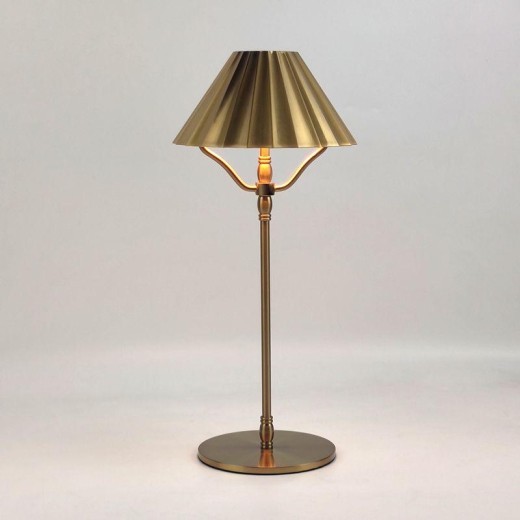
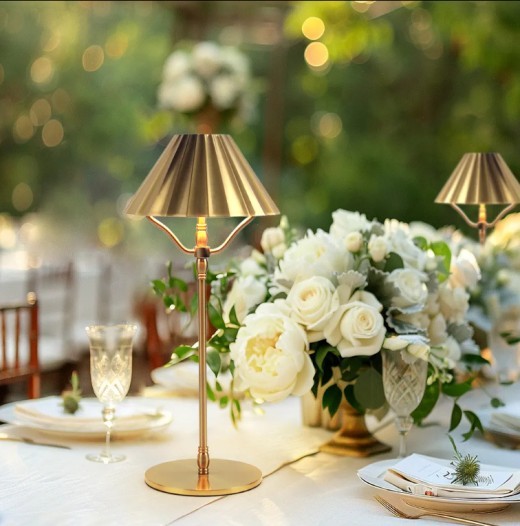
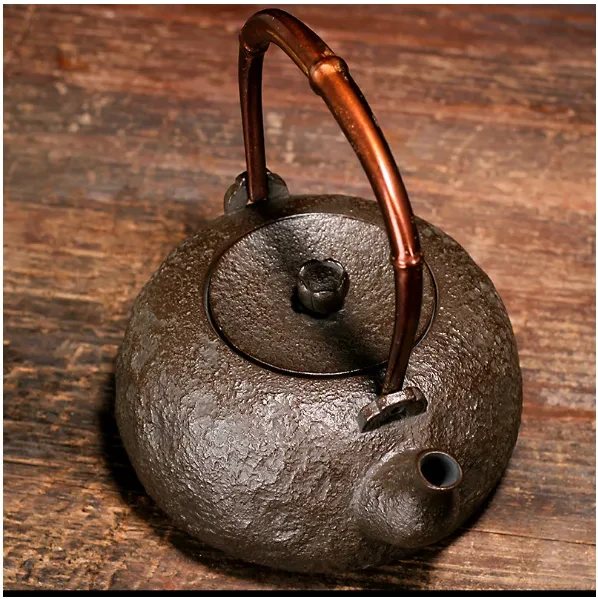














.jpg)









.jpg)





.jpeg)





.jpeg)



.jpeg)








.jpeg)



.jpeg)

.jpeg)

.jpeg)

.jpeg)
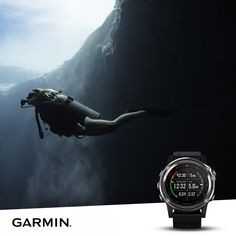



.jpeg)
.jpg)

.jpeg)






.jpeg)
.jpeg)




.jpeg)





.jpeg)


.jpeg)

.jpeg)

.jpeg)

.jpeg)







.jpeg)
.jpeg)
.jpeg)





.jpeg)



.jpeg)





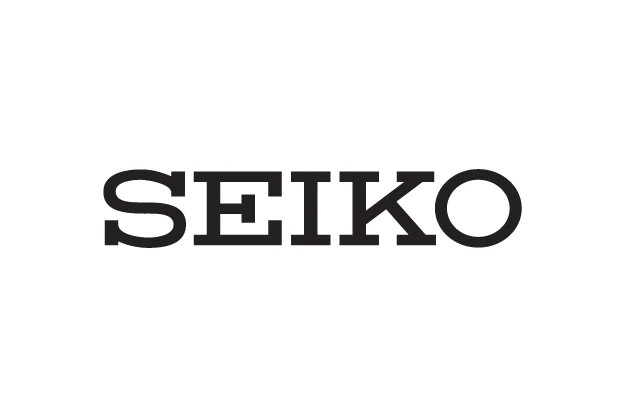
.jpg)
.jpeg)









.jpg)


ulva-Logo.jpg)




.jpeg)
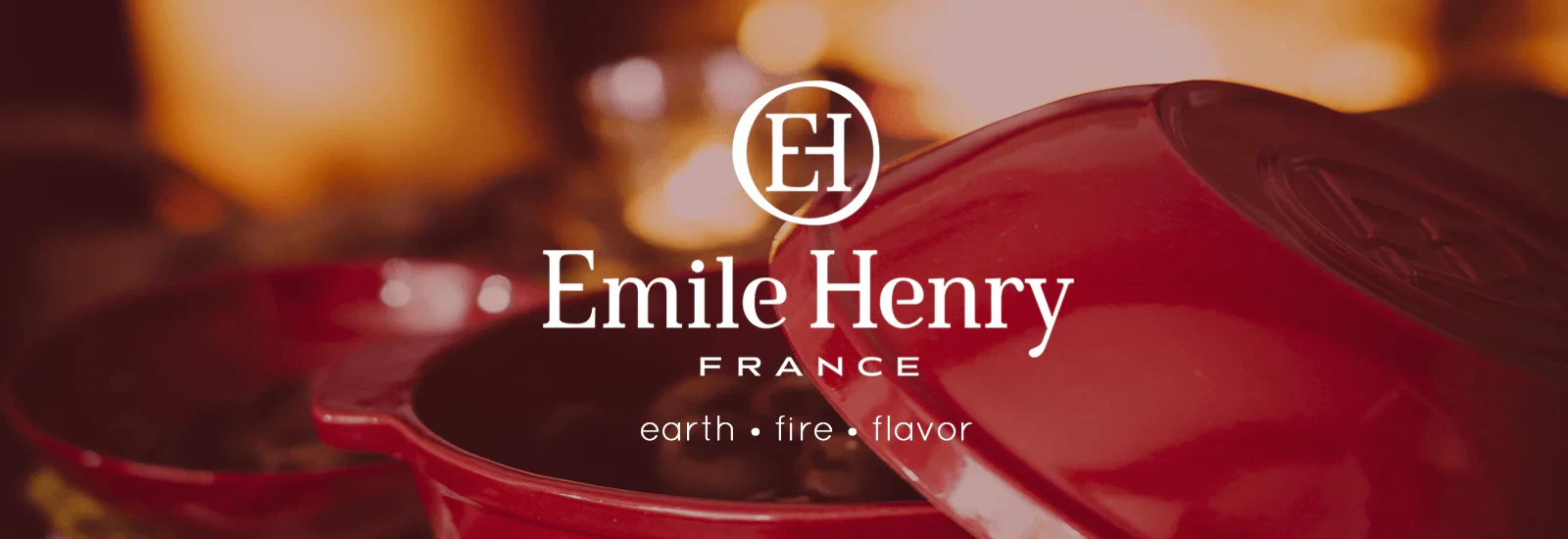


.png)















.png)























